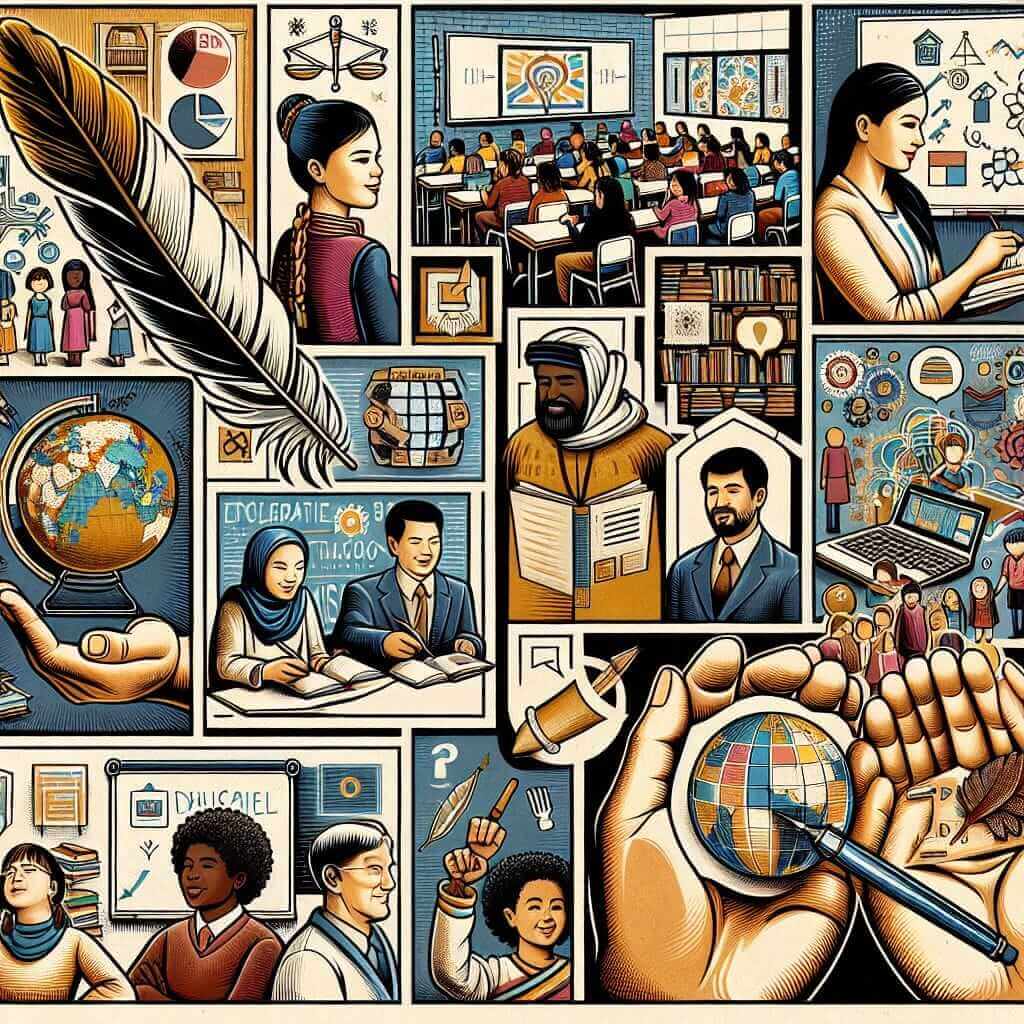The IELTS Reading section tests a candidate’s ability to understand and interpret texts on various topics. One recurring theme in IELTS Reading passages has been “Teaching methods in different cultures, educational reforms in specific countries.” Understanding these themes is crucial as they appear frequently in historical data of IELTS reading tests. In this article, we will discuss the core elements of this topic, provide a practice reading passage, questions, and detailed answers. Additionally, we’ll analyze common mistakes, essential vocabulary, critical grammar points, and tips to score better in the Reading section.

Practice Reading Passage
Teaching Methods in Different Cultures and Educational Reforms in Specific Countries
Paragraph 1
Education systems around the world adopt various teaching methods to cater to their unique cultural, social, and economic contexts. In Japan, the emphasis is placed on group work and collective problem-solving. Students are encouraged to work together, promoting a sense of community and cooperation. Japanese classrooms often engage students in interactive activities that build these skills from an early age.
Paragraph 2
In contrast, the United States favors a more individualistic approach. Emphasis is placed on critical thinking and independent problem-solving. Classrooms encourage students to voice their opinions and think outside the box. U.S. educational reforms often focus on integrating technology into the classroom to enhance learning and prepare students for a digital future.
Paragraph 3
Similarly, Finland has gained international acclaim for its progressive educational reforms. Finnish schools prioritize student welfare and a holistic approach to education. Teachers are highly trained and the curriculum is adaptable to meet student needs. Homework is minimal, and students enjoy a balanced schedule that includes ample free time.
Paragraph 4
Educational reforms in developing countries often address more fundamental issues. In Kenya, recent reforms aim to improve primary school enrollment and reduce dropout rates. The introduction of free primary education has led to a significant increase in school attendance. However, challenges such as overcrowded classrooms and limited resources persist.
Paragraph 5
Meanwhile, in Brazil, the government has expanded access to higher education and vocational training through various initiatives. Programs like “Pronatec” bridge the gap between education and job markets, addressing unemployment and fostering economic development.
IELTS Reading Practice Questions
Question Type: Multiple Choice
- What teaching approach is emphasized in Japanese classrooms?
A. Individualistic problem-solving
B. Group work and collective problem-solving
C. Technology integration
D. Critical thinking
Question Type: Short Answer
- Name one characteristic of the U.S. education system mentioned in the text.
Question Type: True/False/Not Given
- Finland’s educational reforms focus heavily on standardized testing.
Question Type: Matching Information
-
Match the educational solution with the respective country:
a. Free primary education
b. Use of technology in the classroom
c. Minimal homeworkCountries:
- Finland
- United States
- Kenya
Answer Key
-
B. Group work and collective problem-solving
- Explanation: The passage states that Japan places an emphasis on group work and collective problem-solving.
-
Critical thinking or independent problem-solving
- Explanation: The U.S. education system is characterized by its focus on critical thinking and independent problem-solving.
-
False
- Explanation: The passage mentions that Finland’s educational reforms prioritize student welfare and a holistic approach, but does not focus on standardized testing.
-
- a. Kenya: Free primary education
- b. United States: Use of technology in the classroom
- c. Finland: Minimal homework
Common Mistakes
- Misinterpreting Context: Many test-takers might confuse the educational practices of different countries due to cultural bias or assumptions.
- Inaccurate Inference: Drawing conclusions not supported by the text can lead to incorrect answers, particularly in True/False/Not Given questions.
- Ignoring Keywords: Overlooking crucial keywords that signal the main ideas or contrast in multi-paragraph texts.
Vocabulary
- Collective (adj): referring to a group or cooperation (e.g., collective problem-solving).
- Holistic (adj): considering the whole rather than individual parts (e.g., holistic approach to education).
- Vocational training (noun): education and training that focuses on specific trades or occupations.
Grammar Points to Note
- Comparative Structures: Important for understanding contrasts between different education systems (e.g., more individualistic, highly trained).
- Passive Voice: Often used to describe reforms or initiatives by countries (e.g., programs are expanded, education is provided).
Tips for High Reading Scores
- Scan and Skim: Practice skimming the text for main ideas and scanning for specific information.
- Identify Keywords: Highlight or note down keywords that can help locate information quickly.
- Practice Regularly: Consistent practice with varied topics improves comprehension skills.
In conclusion, understanding different teaching methods and educational reforms can help you predict and prepare for themes in the IELTS Reading section. Utilize this practice passage, questions, and analysis to enhance your reading skills and achieve a higher score.